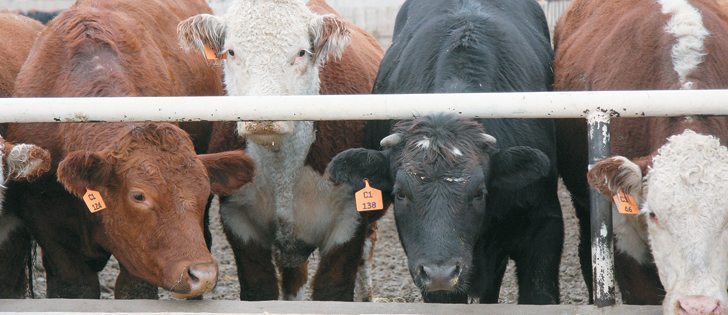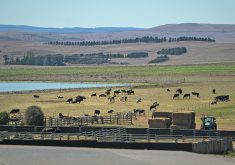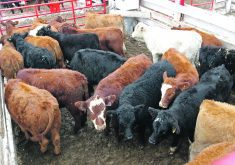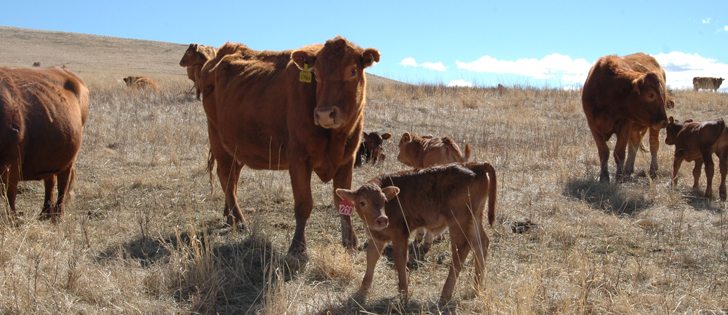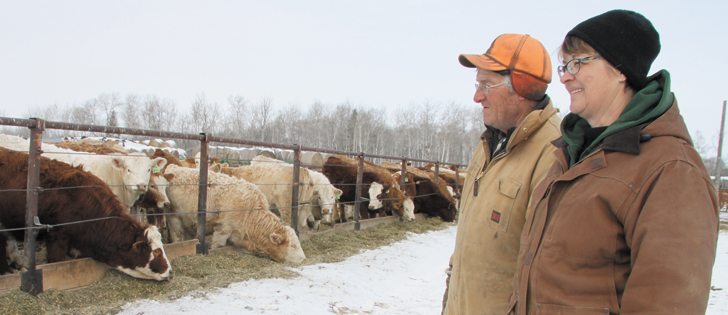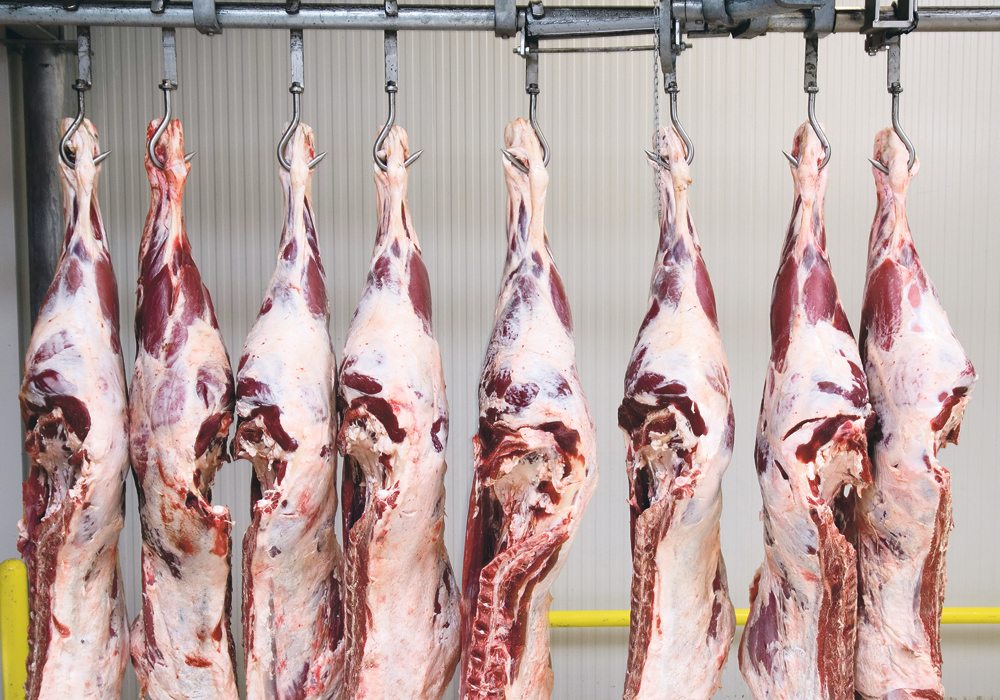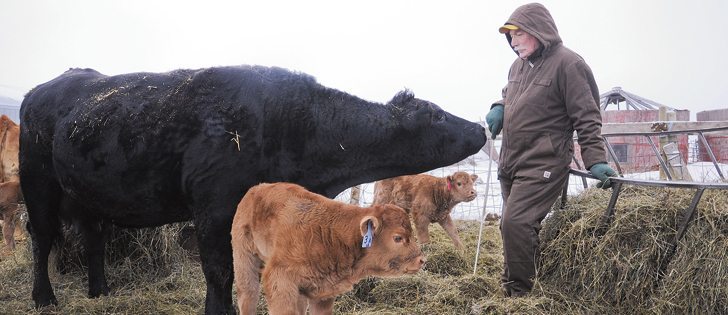There are still more questions than answers about safe levels of mycotoxins in livestock feed, says John McKinnon, beef industry chair at the University of Saskatchewan.
Problems with ergot and fusarium contamination have been increasing across the Prairies in the past few years, likely because of climatic conditions.
There are guidelines for recommended tolerance levels, but McKinnon said it isn’t clear where the numbers come from and how accurate they are.
“The science of measuring these alkaloids has far outpaced the feeding knowledge that we have as to what level we can safely feed these alkaloid concentrations,” he told the Saskatchewan Beef Industry Conference.
Read Also
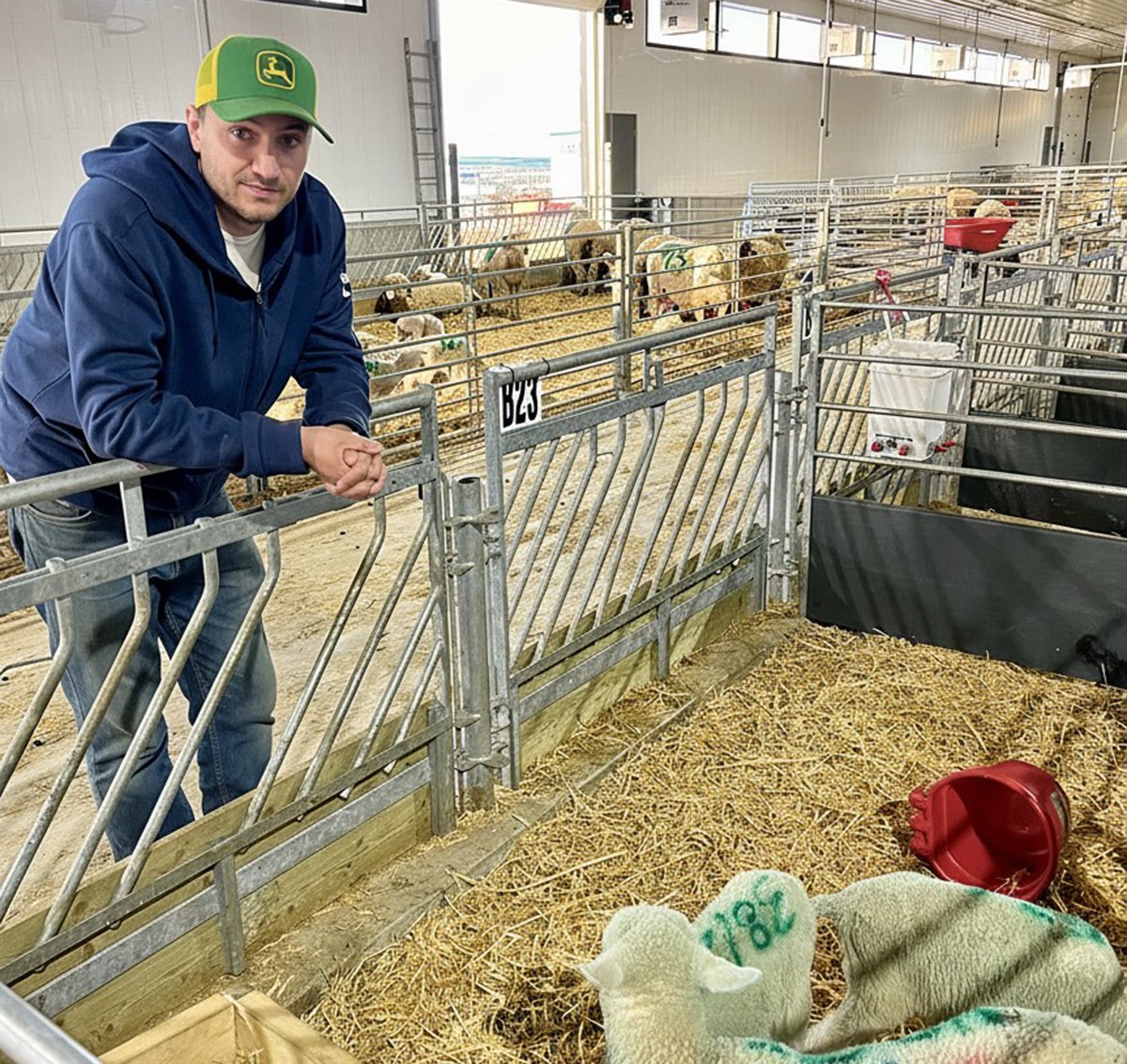
Solar, sheep provide valuable farm diversification
Eric Steeves says raising sheep on forages grown under solar panels provided economic stability and perhaps even saved his family’s fifth generation southern Alberta grain farm.
A number of wrecks have been blamed on ergot poisoning, particularly in the dairy industry.
McKinnon said Prairie Diagnostic Services recommends maximum levels of 100 to 200 parts per billion of ergot based on those experiences, but researchers don’t yet know if that correlates to beef cattle.
“I don’t know why we would be going out and buying ergot infected grain, even if it’s an economy opportunity,” McKinnon said.
“I think you’re just playing fire with that. If you want to buy cheap grain, there’s probably other sources.”
Cattle can handle fusarium mycotoxins better because they can detoxify them in the rumen, he said.
Fusarium infection proved to be a huge problem in last year’s cereal crops, and McKinnon said he has had lots of inquiries about safe levels.
The Canadian Food Inspection Agency recommends a limit of five parts per million of deoxynivalenol (DON), which is the most common mycotoxin found in grain infected by fusarium graminearum.
However, protein inhibitor toxins such as T-2 and HT-2 are much more toxic, and the CFIA recommends much lower limits: .1 p.p.m. for HT-2 and less than one p.p.m. for T-2.
McKinnon said the five p.p.m. limit is probably good for pregnant females, but research suggests that feeders and finishers can handle higher levels. He cited studies from Minnesota and North Dakota that showed no effect at all on cattle fed nine p.p.m. in a backgrounding diet and 12.5 p.p.m. in a finishing diet.
Another study fed up to 18 p.p.m. with no negative effects on growth.
“In my mind, that five p.p.m. is a bit on the conservative side, but we do have to remember that there is the presence of other mycotoxins that could be in that grain at the same time,” he said.
Samples analyzed this fall weren’t high for DON but did contain the HT-2 toxin. It was found in screenings but not in the grain, so McKinnon urged producers to be careful with screenings.
He also warned about dried distillers grain because toxins will be more concentrated in that product.
He suggested producers have samples tested at the U of S’s feed toxicology centre to minimize any risk and be careful when buying feed.
Amanda Van De Kerckhove, ruminant nutritionist at Co-op Feeds, said feed companies make feeds for different species that have different tolerances. It ranges from supplements to complete feeds that will be fed at different rates.
“We have to consider our most susceptible species and the highest possible feed rate that they might be consuming that feed,” she said.
“This is the only way to guarantee safe feed for all species of animals, but it comes at a cost.”
She urged producers to talk to their feed companies about protocol.
“We do reject feed,” she said.
“If a truck load comes in and it’s contaminated, we will send it away.”
Co-op staff inspect the feed when it arrives, choose a representative sample and analyze the mycotoxins.
Van De Kerckhove said just looking at samples can be deceiving. One sample contained 25 ergot bodies containing .31 percent ergot, while another similar-size sample had 43 pieces of ergot but only .1 percent, she added.
Contact karen.briere@producer.com


